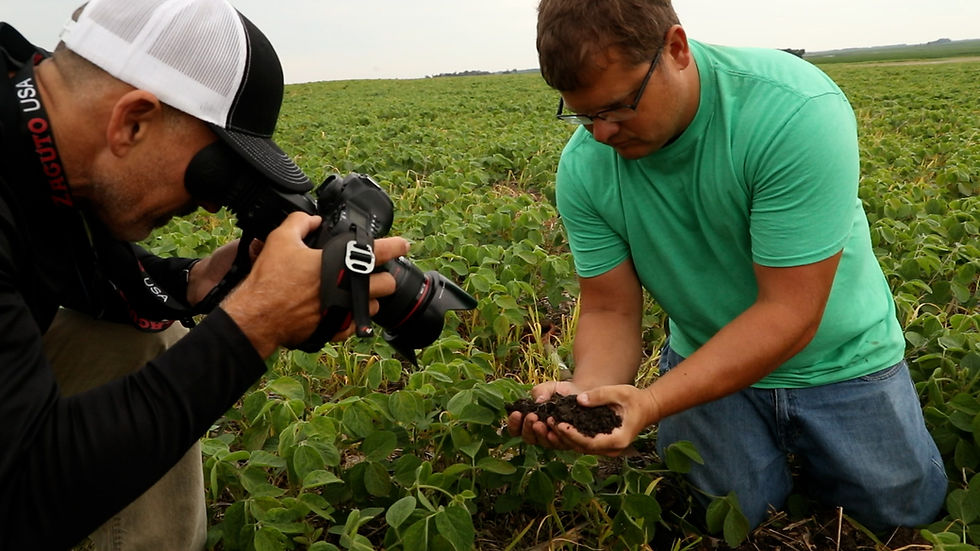A New Threat to South Dakota Rangelands
- mtsausen
- Oct 4, 2023
- 1 min read
We wanted to make you aware that yellow bluestem, a non-native, invasive bluestem, was first found this year near Mitchell, South Dakota, and subsequently in several other locations and is a new threat to South Dakota rangelands. The yellow bluestem is one of a number of Old-World bluestems (OWBs) that was introduced into the US for erosion control and as a forage. A few characteristics of the yellow bluestem:
· It’s non-native and highly invasive warm-season grass
· It’s not as palatable or nutritious as native bluestems
· It reduces rangeland diversity
· It changes the soil carbon to nitrogen ratio and affects soil microbial communities like mycorrhizal fungi

The end of the growing season is probably the best time to identify the plant, so if you do suspect yellow bluestem, getting a positive identification is important. Do not transport the plant but contact the NRCS or SDSU to help with identification. Once a positive identification is made, contacting SDSU extension specialist for control methods is appropriate.
For more information on the yellow bluestem, it’s impact and how to identify it, please go to the following resources.
SD Grassland September 2023 Newsletter page 4, article by SD NRCS’s Rod Voss
USDA Forest Service webpage on Yellow and Caucasian bluestems
____________________________________________________________________
Visit these “Growing Resilience Through Our Soils” information pages:
1. Podcast page for drought planning fact sheets, Q&As, news, podcasts and more.
2. Video page to watch videos of other ranchers’ journeys toward improved rangeland/pasture.
3.Follow Growing Resilience on social media:
4. Our homepage: www.growingresiliencesd.com





Comments